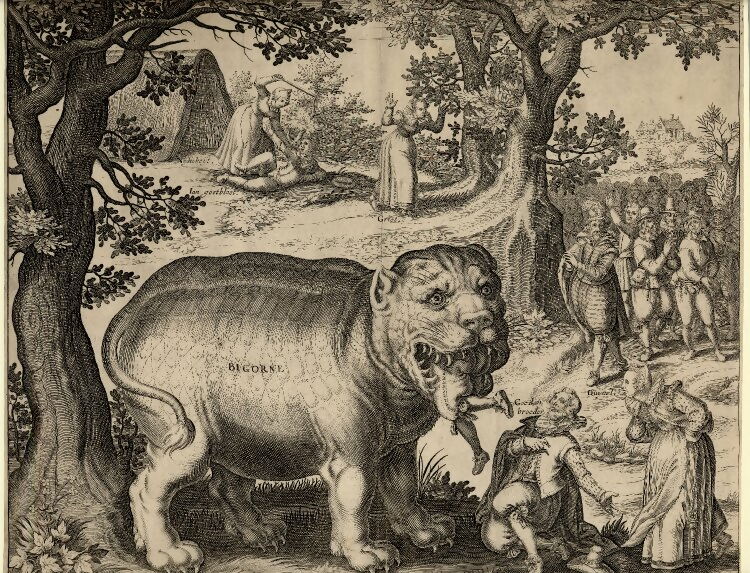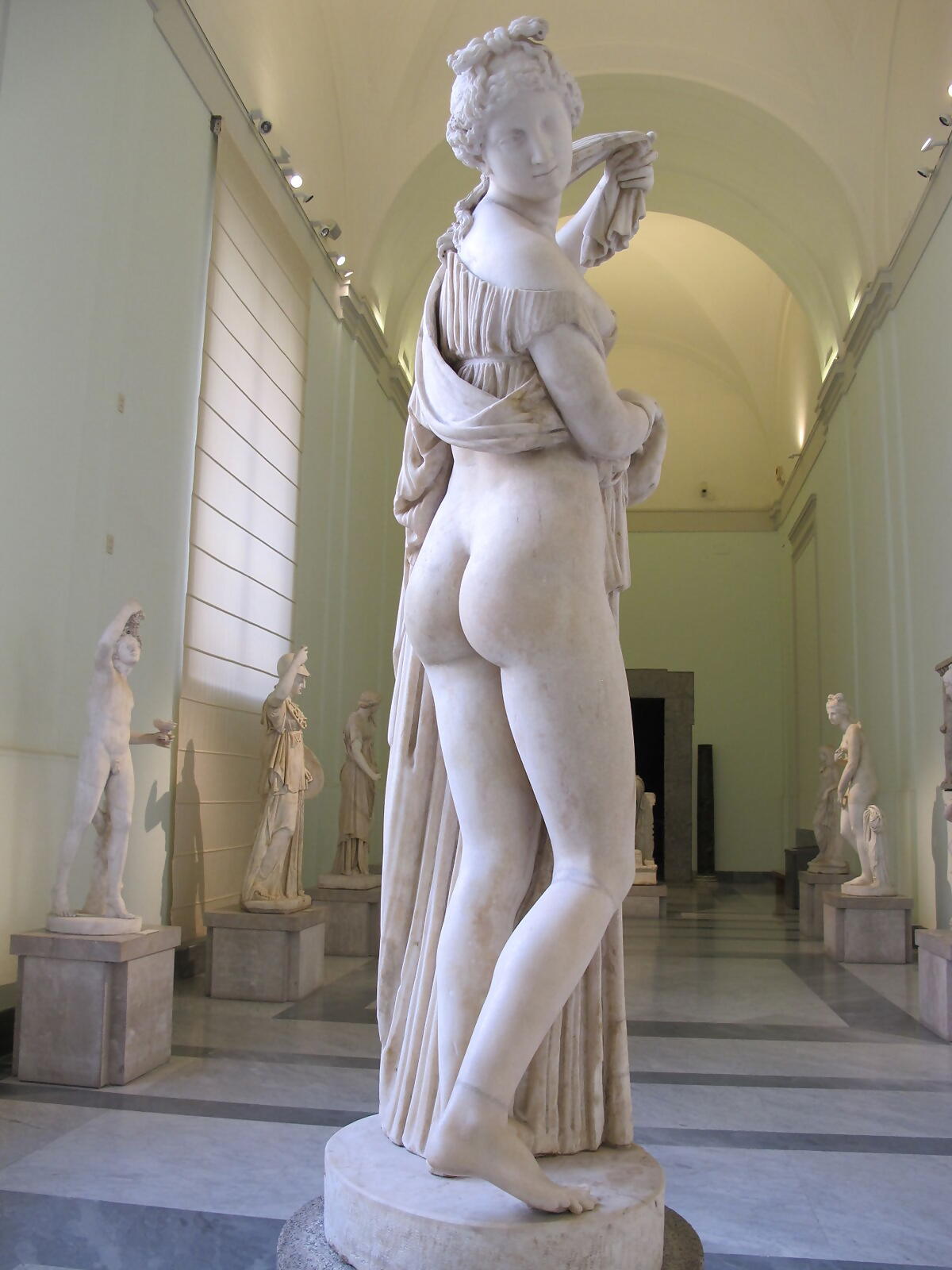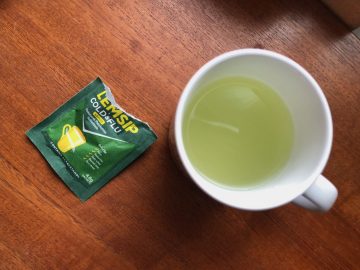‘The best part of beauty is that which no picture can express’. Francis Bacon of course had it right: external beauty might grab the spotlight, but it’s the inner kind that matters. We all know this rule, but if the dictionary is anything to go by, we don’t tend to live by it. Search for a compliment in its pages, and it may take a while – ask it for an insult, however, and you will be happily browsing for hours. And insults, sadly, often rest on our physical appearance (or appendages, but that’s for another list). Below are ten of the more obscure and puzzling descriptions of humans that may come in useful should you wish for a bit of variety. Better, though, would be to note that they exist and then move over to the sunnier side of the street.
chichiface
This cruel name for someone with a pinched and bony face is suggestive of a smellfungus: someone who goes through life criticising everything and everyone. It gets worse: in the 14th and 15th centuries, the French ‘chichevache’ was a monster said to be perpetually starving because it ate only patient wives. (The monster that fed exclusively on patient husbands, if you were wondering, was the Bicorne.)

As obscure as these creatures are, they have a presence in literature: Chaucer in The Clerk’s Tale cautions wives not to be too good lest the Chichevache devour them, and Bicorne horns are mentioned in the Harry Potter books as an ingredient in Polyjuice potion
natiform
Buttocks seem to have a disproportionately large presence in the dictionary. From ‘prat’ (a single buttock) to ‘bumfiddle’ (the entire backside), there are numerous ways with which to describe one’s fundament. Natiform is a 17th-century adjective that means simply ‘buttock-shaped’. Think peaches and comical tomatoes.
callipygian
To be callipygian, meanwhile, is to be blessed with particularly well-shaped buttocks. Recorded since the 19th century, it was originally used to admire a statue of Venus, thought to be particularly beautiful in this department (you be the judge!).

A statue of Venus Callipyge
gubbertushed
This strange-looking word from the British dialect describes someone who has prominent front teeth.
cockthroppled
And this one is used for someone whose Adam’s apple is particularly strong. Originally used of horses, it has carried over into the human sphere when it suggests a magnitude of an altogether different part of the anatomy.
furfuraceous
It’s difficult to be anything but blunt with this one. To be furfuraceous is to be covered in dandruff.
sialoquent
More of a habit this one, but still (unfortunately) useful when it comes to physical descriptions. To be ‘sialoquent’ is to be prone to spitting a lot while talking.
pyriform
This is arguably a more pleasant way of saying ‘pear-shaped’. Intriguingly, the dictionary also offers ‘fabiform’: shaped like a bean.

The glabrous Dwayne ‘The Rock’ Johnson
glabrous
Glabrous is a rather beautiful synonym for ‘bald’. It comes from the Latin glaber, meaning ‘smooth’ or ‘shining’ (making it a relative of ‘glad’). This is a far nicer description than ‘pilgarlic’, a 16th-century word for a bald head that is a shortening of ‘peeled garlic’ and which often referred to the supposed result of venereal disease.
macromaniac
Rather than describing someone with an excessive passion for computer patterns, a macromaniac is someone who is under the delusion that part of their body is bigger than it actually is. Enough said, except to add that a ‘micromaniac’ believes that a particular body part has become abnormally small.






1 Comment
Thank you Susie, another lovely list. I rather fancy being glabrous, just for the word…